مشروع تطوير مدينة المحرق | Muharraq City Development Plan
- Date:
- Category: Muharraq City Development Plan
- Link: https://www.housing.gov.bh/news
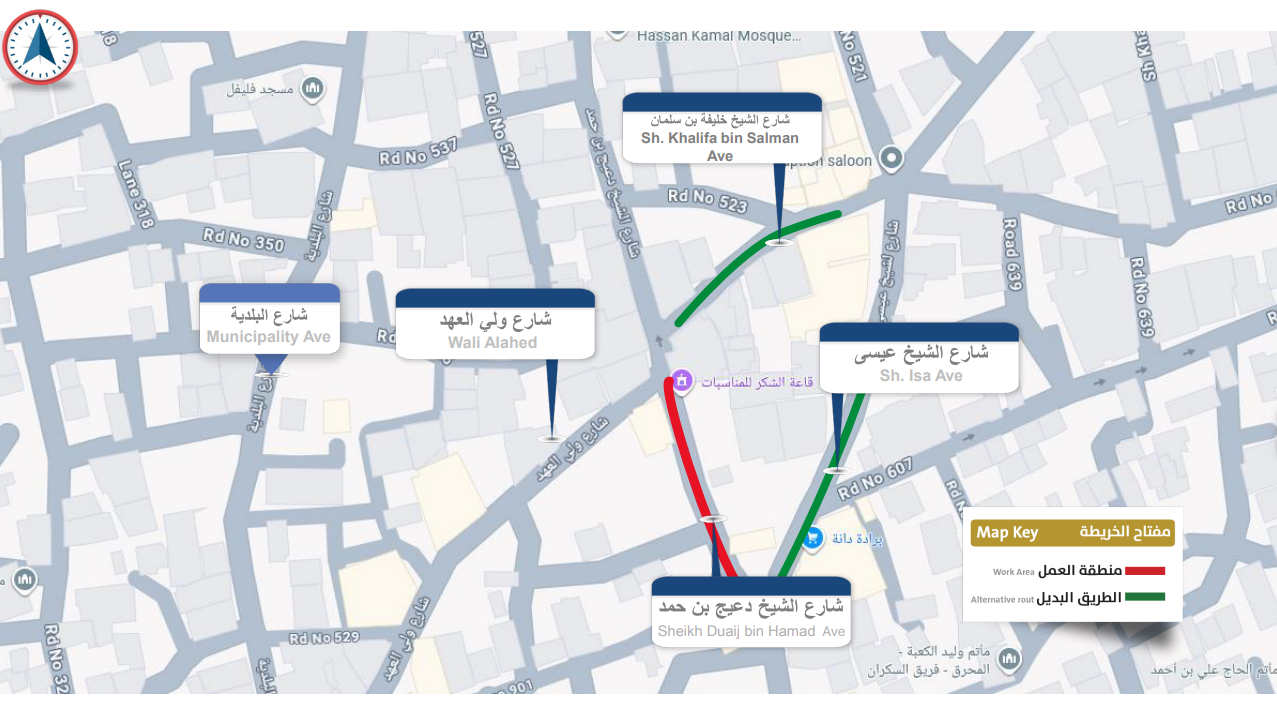
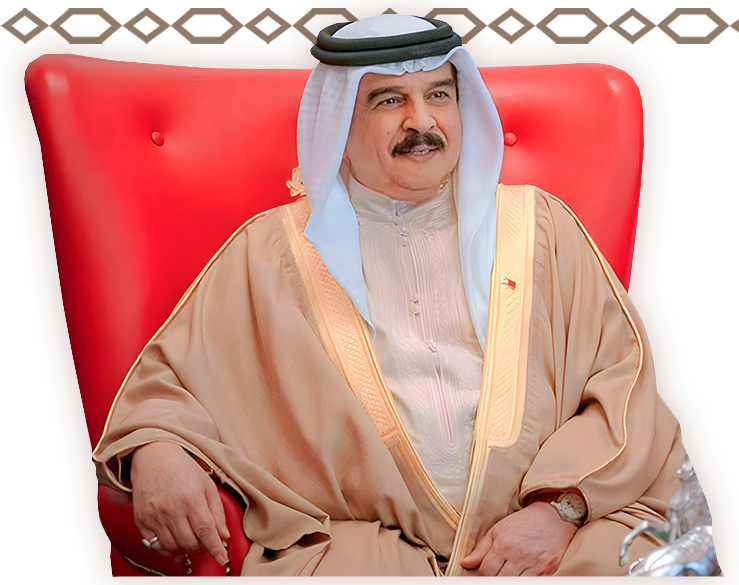
PRESERVING THE HISTORICAL AND CULTURAL IDENTITY OF BAHRAIN'S BUILDINGS AND CITIES, REVIVING ISA GRAND PALACE AND DEVELOPING MUHARRAQ BY MEANS THAT SHALL PRESERVE ITS HISTORICAL AND CULTURAL IDENTITY.
WATCH VIDEO

 VISIT OF HRH THE CROWN PRINCE AND PRIME MINISTER
VISIT OF HRH THE CROWN PRINCE AND PRIME MINISTER







 PLAN OBJECTIVES
PLAN OBJECTIVES
Launching the Urban Heritage Areas Reconstruction Guideline to preserve the Identity of Muharraq City

Providing housing units that meet the aspirations of the Bahraini family

Preserving buildings of heritage value and completing the Pearling Path

Increasing the green spaces in the area and diversifying landscaping in it

Upgrading infrastructure services and public utilities

Minister of Housing and Urban Planning (MOHUP) Speech
The Ministry of Housing and Urban Planning is proud to be one of the main partners in implementing this unique plan, which aims to preserve the authenticity and heritage of Muharraq City ‘The Mother of Cities’ as one of the new gains to be added to the inclusive developmental process witnessed by the Kingdom.
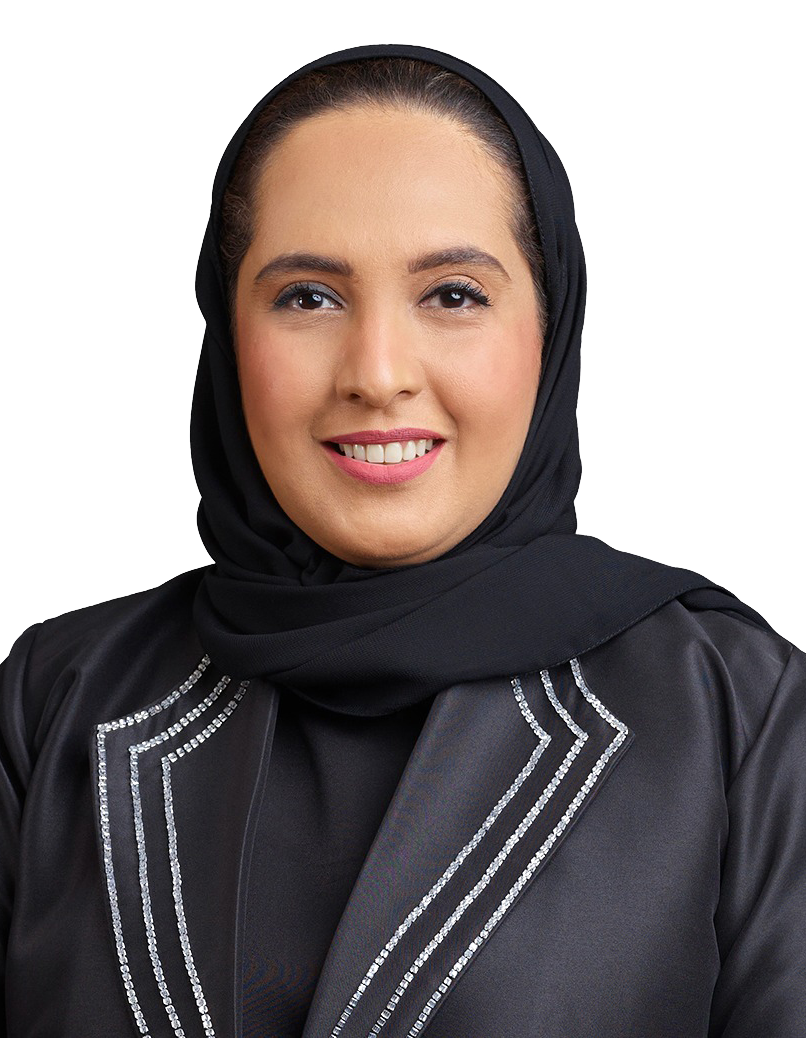
H.E. Mrs. Amina bint Ahmed Al Rumaihi
Minister of Municipalities Affairs & Agriculture (MMAA) Speech
Based on the development plan of Muharraq City, and the activation of the plan to preserve the historical and cultural identity of the buildings and cities of Bahrain, the Ministry of Municipalities Affairs and Agriculture has launched its plan to translate these development plans through its tasks and competencies.
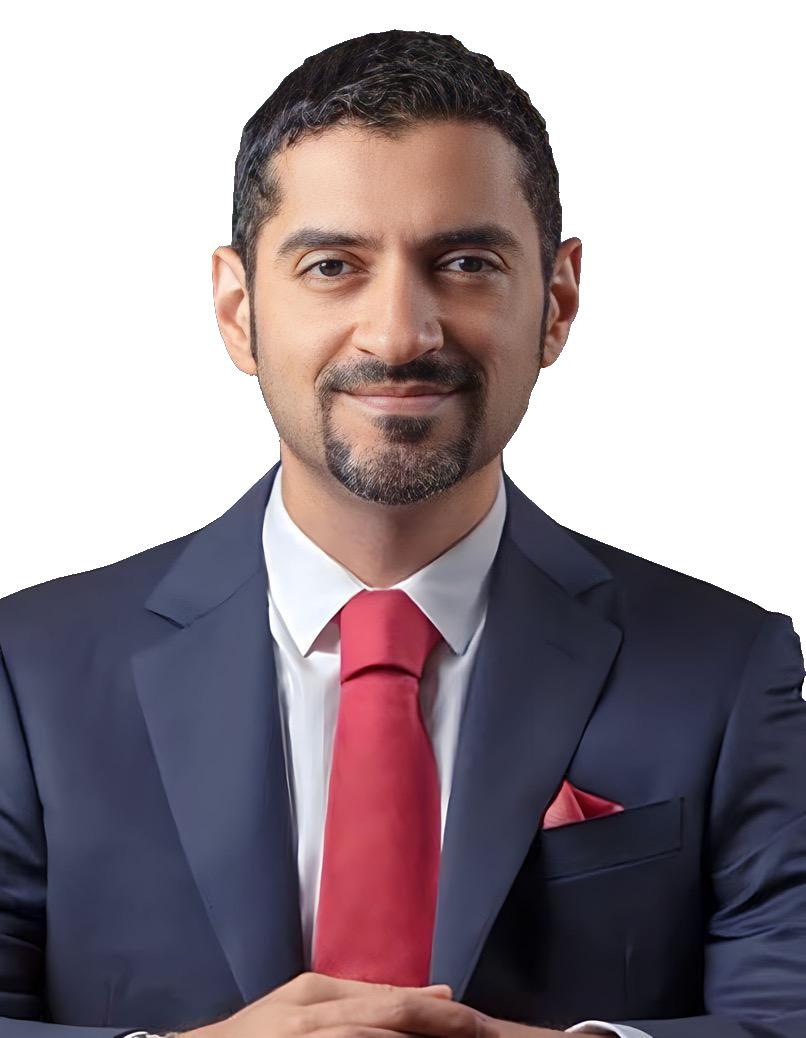
H.E. Eng. Wael bin Nasser Al Mubarak
Minister of Works (Mow) Speech
We are proud of the Ministry of Works’ role in implementing the Supreme Royal Order to preserve the historical and cultural identity of Bahrain's buildings and cities, revive Isa Grand Palace and the well-known neighborhoods of Muharraq.
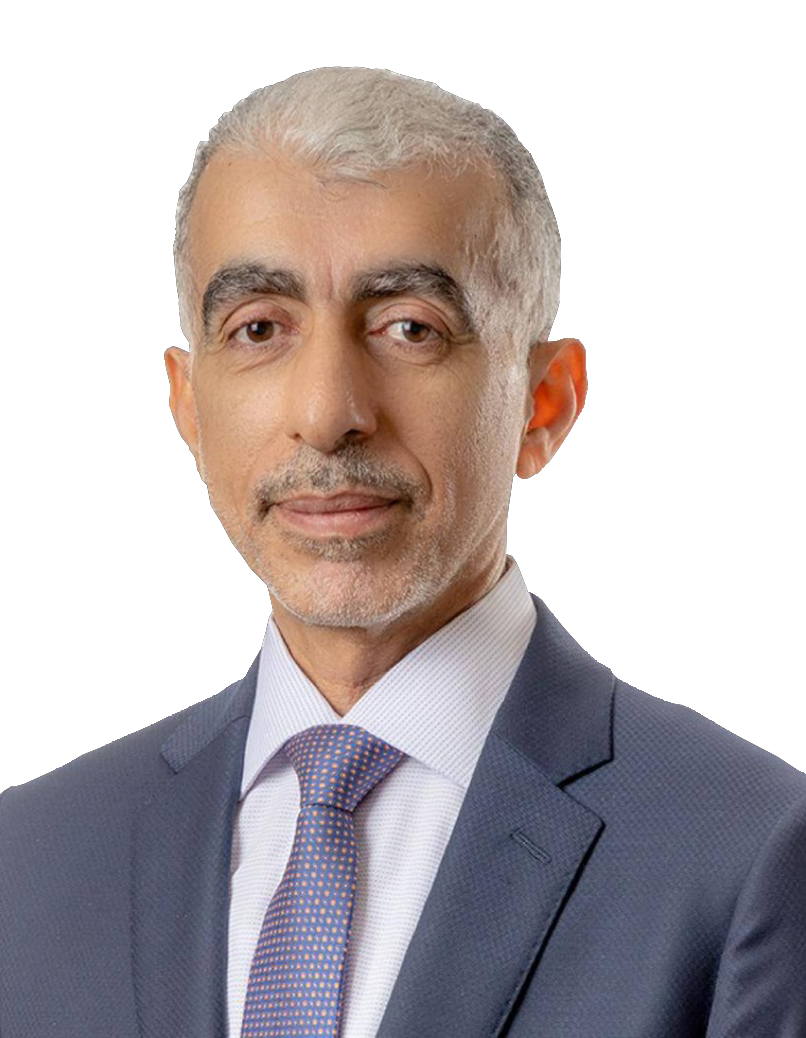
H.E. Eng. Ebrahim Bin Hasan Al Hawaj
Minister of Electricity and Water Affairs (EWA) Speech
The city of Muharraq, with its ancient history, represents a private legacy, as its historical details are an imprint that testifies to the ancient past of the Kingdom of Bahrain. The Muharraq City Development Plan comes in implementation of the Supreme Royal Decree of His Majesty King Hamad bin Isa Al Khalifa to preserve the historical and cultural identity in line with the sustainable development endeavors.
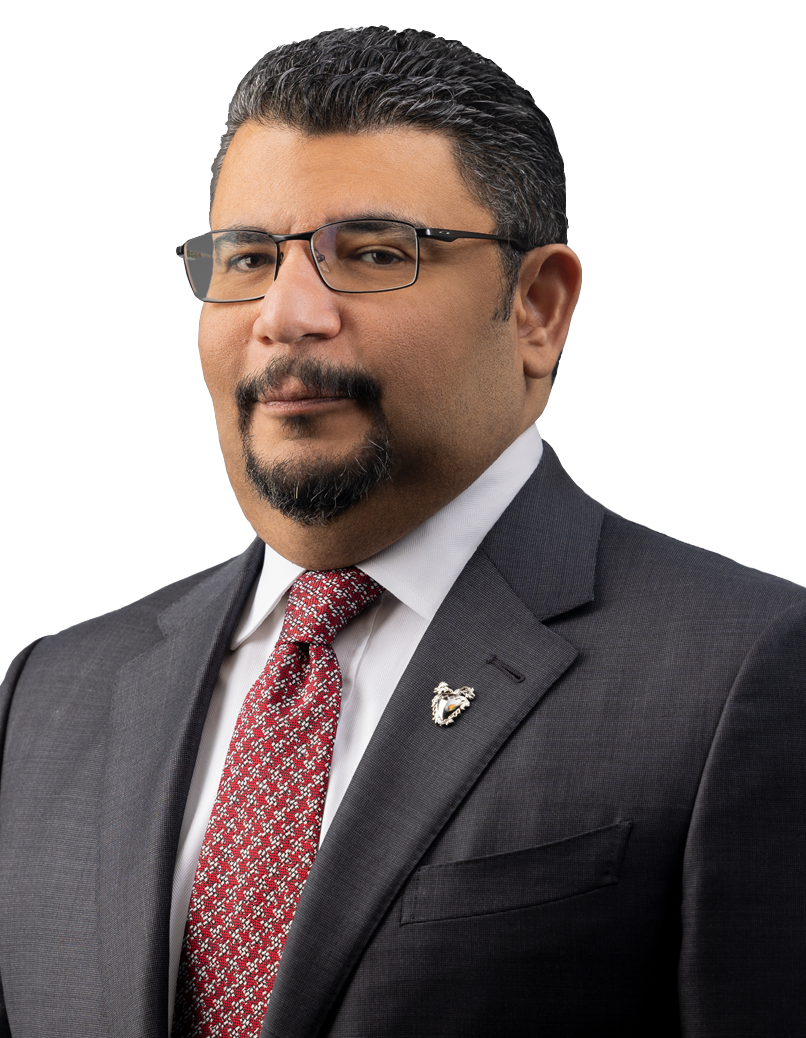
H.E. Mr. Yaser bin Ebrahim Humaidan
Minister of Information (MIA) Speech
Launching the Muharraq City Development Plan and activating it to preserve the historical and cultural identity of Bahrain's buildings and cities, is an extension of the wise royal visions and directives and tireless government efforts in preserving and developing the authentic cultural heritage of Bahrain and its people.
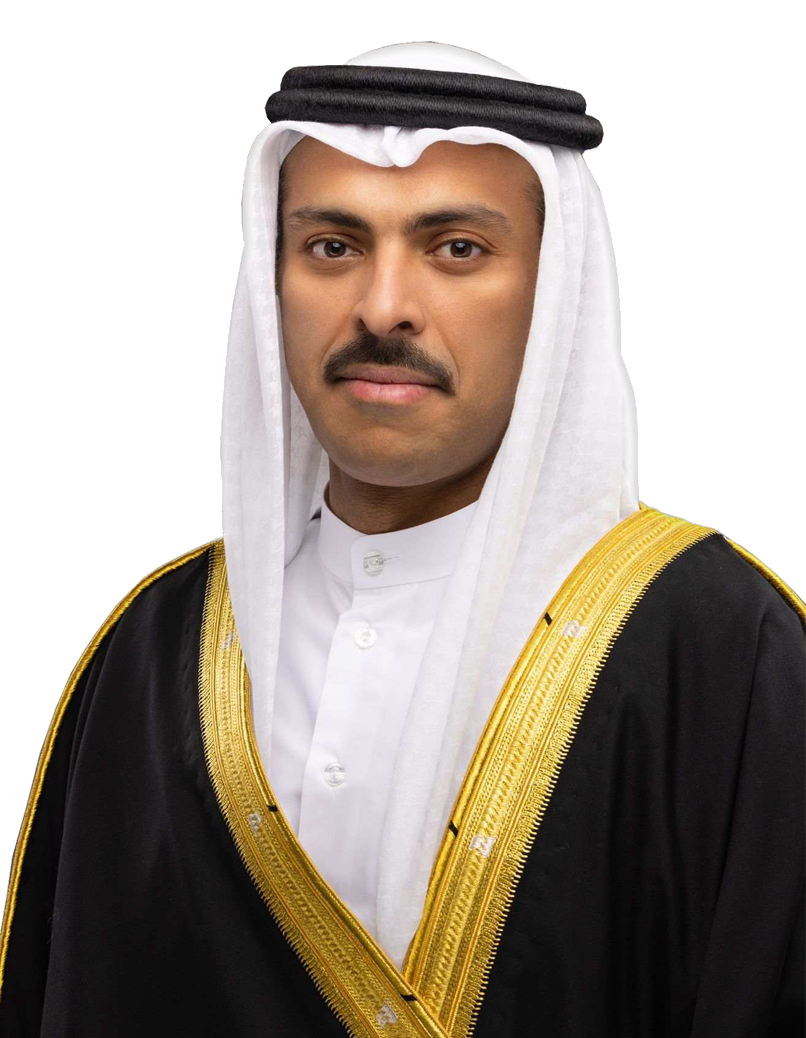
H.E. Dr. Ramzan bin Abdullah Al-Noaimi
CEO of the Urban Planning and Development Authority (UPDA) Speech
It is a source of joy and pride to announce the completion of the preparation of the Urban Heritage Areas Reconstruction Guideline: (Muharraq as a model), in coordination with the concerned authorities, which was developed per a comprehensive strategy to preserve the historical and cultural identity of the ancient cities of the Kingdom of Bahrain.
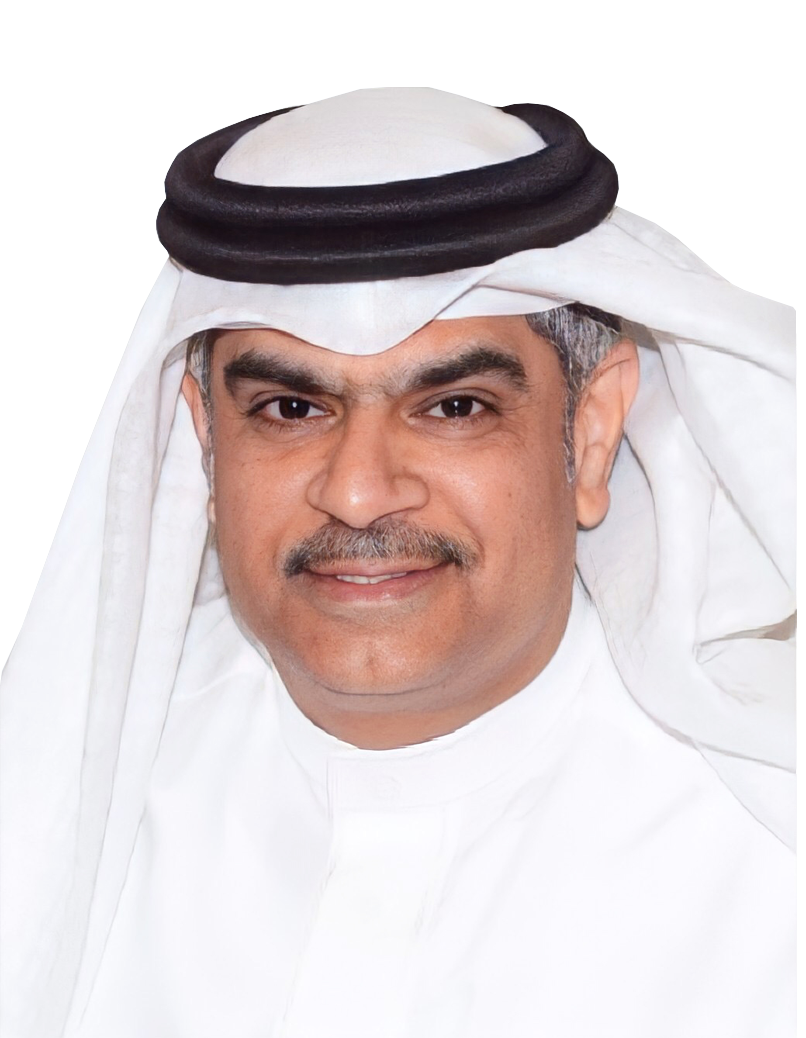
H.E. Eng. Ahmed Abdulaziz Al-Khayyat
President of Bahrain Authority for Culture and Antiquities (BACA) Speech
Muharraq City is the place where the identity of the country is deep rooted within an ancient cultural heritage: architecture, history, memory, and life. We are proud of the authenticity of its cultural and human features and expressions, which embody a complete memory that we rely on, and we bet through culture to consecrate an infrastructure that is unique in its components, and in its extended history from the sea to the city.
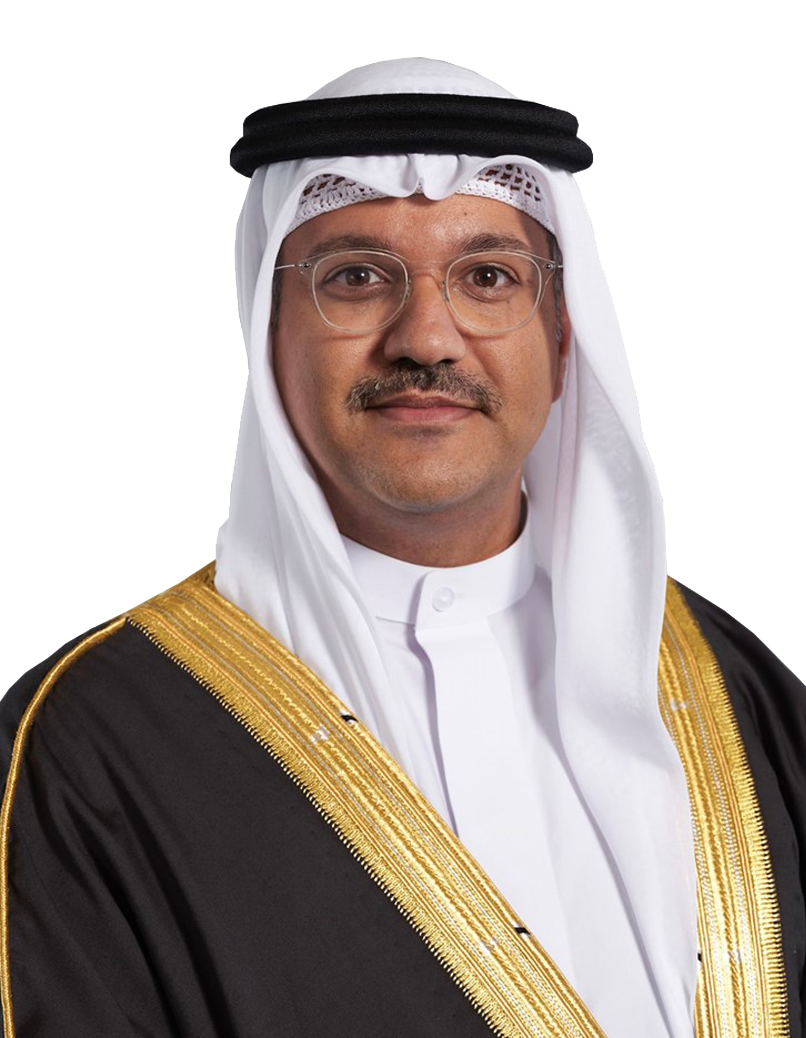
H.E. Shaikh Khalifa bin Ahmed Al Khalifa
In implementation of the Royal Order of His Majesty King Hamad bin Isa Al Khalifa, and the directives of His Royal Highness Prince Salman bin Hamad Al Khalifa, Crown Prince and Prime Minister, regarding the preservation of the historical and cultural identity of Bahrain's buildings and cities, the revival of Isa Grand Palace and the development of Muharraq by means that would preserve its historical and cultural identity, the Ministry of Housing and Urban Planning is proud to be one of the main partners in implementing this unique plan, which aims to preserve the authenticity and heritage of Muharraq City ‘The Mother of Cities’, as one of the new gains to be added to the inclusive developmental process witnessed by the Kingdom.
We have started with the determination of the "Bahrain Team" to translate the directives, activate the executive plan of the project through the formation of fieldwork teams, and start the actual implementation steps of the action plan in several stages, in coordination with our partners in ministries and government entities, bearing in mind the transformation of this plan into a pioneering Bahraini experience, to be followed in plans to revive the old cities with modern artistic and engineering methods.
Through our joint work, we will develop 1.4 million square meters of Muharraq City, complete the Pearling Path by restoring 16 buildings of heritage value, and develop 48 square kilometers of traffic corridors and pedestrian paths, with the development plan to include parking spaces that accommodate residents and visitors to this ancient city.
The action plan also includes the provision of housing units that meet the aspirations of Bahraini families who are planning to return to live in Muharraq, through the implementation and restoration of 2,000 housing units in cooperation with the private sector, 300 of which will be implemented and restored in the first phase of the plan. We wish for the team's efforts to be successful in achieving its goals and the aspirations of the wise leadership, Government of the Kingdom of Bahrain, and the honorable people of Muharraq.
It is a source of joy and pride to announce the completion of the preparation of the Urban Heritage Areas Reconstruction Guideline (Muharraq as a model), in coordination with the concerned authorities, which was developed per a comprehensive strategy to preserve the historical and cultural identity of the ancient cities of the Kingdom of Bahrain in a way that reflects the richness of the ancient Bahraini civilization extending over generations, and creating a balance between celebrating the local architectural heritage, innovation and modernity in design, by employing design simulation methods for architectural elements that constitute the special identity of heritage buildings. To transfer the elements of visual and cultural identity associated with Bahraini heritage, into design, creative, and contemporary practices, which establish the development of historic cities while preserving the values, authenticity, and principles of international designs through contemporary, creative, and simplified applications that enhance cultural contribution.
In conclusion, we affirm the continuity of the efforts of the Urban Planning and Development Authority (UPDA) to work in a team spirit, “Team Bahrain, to achieve the advancement of development in the country for the benefit and good of the country and the citizen, and for the Kingdom to be a leading model to be followed in the field of urban planning.
The city of Muharraq is the place where the identity of the country is deep rooted within an ancient cultural heritage: architecture, history, memory, and life. We are proud of the authenticity of its cultural and human features and expressions, which embody a complete memory that we rely on, and we bet through culture to consecrate an infrastructure that is unique in its components, and in its extended history from the sea to the city.
What distinguishes the ancient city of Muharraq is the ability of its urban fabric to interpret the layers of history and its outcomes, and the uniqueness of its human content, which is recognized by the whole world through the Pearling Path, which has been inscribed on the UNESCO World Heritage List since 2012, and while its architecture is a real inspiration, which made it one of the world's creative cities in the design category within the UNESCO network, and before that, it was designated as the Capital of Islamic Culture in 2018, for its creative, cultural and enlightenment grants.
The directives of His Majesty King Hamad bin Isa Al Khalifa and the visions of His Royal Highness Prince Salman bin Hamad Al Khalifa, Crown Prince, and Prime Minister, both constitute today a roadmap for the development of this city through reviving the urban structure and investing in its authenticity and heritage. We in turn at the Bahrain Antiquities and Culture Authority (BACA), confirm our continuation of grants to this ancient city, which has enriched the country’s history, culture, and enlightenment. The launch of the Pearling Path with all its historical features, public spaces, and qualitative experience will form the infrastructure for cultural tourism, and we will continue our endeavors with our partners and the local community to restore historic houses and preserve their identity and authenticity.
Our constant bet is that this cultural and preservationist behavior will be our tool and our national approach, to give the ancient Muharraq what it deserves and preserve its features and spirit for generations to come.
The city of Muharraq, with its ancient history, represents a special legacy, as its historical details attest to the ancient past of the Kingdom of Bahrain. The Muharraq City Development Plan comes in implementation of the Supreme Royal Decree of His Majesty King Hamad bin Isa Al Khalifa to preserve the historical and cultural identity in line with the sustainable development endeavors, as it aims to restore the city’s authentic spirit, as well as rebalance its demographic composition by providing the appropriate infrastructure.
The development of the city of Muharraq, which comes in coordination and cooperation between the ministries and organizations of our dear Kingdom, under the leadership of His Royal Highness Prince Salman bin Hamad Al Khalifa, Crown Prince and Prime Minister, will take into account that all details are in line with the Bahraini identity, and the inscription of the Pearling Path project on the UNESCO list is an effective element to enhance the city's position globally, and a solid base from which to start implementing and enforcing the royal orders.
The plan, which includes preserving the historical identity of the city of Muharraq, will contribute to the development of the aspirations and ambitions of the people of the country, as housing units that meet the aspirations of the Bahraini family will be provided, taking into account the preservation of buildings of heritage value, increasing the green spaces in the area and diversifying landscaping in it, in addition to developing infrastructure services and public facilities.
In parallel with the government's efforts, we are betting on the awareness and national responsibility in activating the plan to preserve the historical and cultural identity of Muharraq City, and the buildings and cities of Bahrain, and we will all work with an integrative one team spirit, as per the competencies of the relevant authorities to implement the development plan of the city of Muharraq and to revive Isa Grand Palace due to its ancient historical symbolism, in line with achieving aspirations within the comprehensive development process of the Kingdom of Bahrain.
We are proud of the Ministry of Works’ role in implementing the Supreme Royal Order of His Majesty King Hamad bin Isa Al Khalifa, to preserve the historical and cultural identity of Bahrain's buildings and cities, and revive Isa Grand Palace and the well-known neighborhoods of Muharraq.
We are proud that the Ministry of Works is part of the implementation of the Muharraq City Development Plan, launched by His Royal Highness the Crown Prince and Prime Minister, Prince Salman bin Hamad Al Khalifa, in a way that shall contribute to achieving the desired goals in the comprehensive development process, the country’s prosperity, and citizens’ aspirations by providing infrastructure services.
Out of the ministry's keenness to implement the set plan, the ministry has formed a working group to implement infrastructure and service projects such as the development of roads and construction of parking lots, in a way that shall contribute to providing high standard and quality infrastructure while preserving the historical and cultural identity of the ancient city of Muharraq and contributing to achieving sustainable growth of the infrastructure as per the highest standards and specifications and serve the aspirations of citizens.
The vision of His Majesty the King in preserving the historical and cultural identity of Bahrain's buildings and cities, and the Muharraq City Development Plan launched by His Royal Highness the Crown Prince and Prime Minister represent a roadmap for the Ministry of Works to work and achieve its strategy to develop the infrastructure and public utilities.
The Supreme Royal Order of His Majesty King Hamad bin Isa Al Khalifa, to preserve the historical and cultural identity of Bahrain's cities and buildings, revive Isa Grand Palace, and develop Muharraq by means to preserve its historical and cultural identity, and the directive of His Royal Highness Prince Salman bin Hamad Al Khalifa, Crown Prince and Prime Minister, to launch the Muharraq City Development Plan and activate it to preserve the historical and cultural identity of Bahrain's buildings and cities, is an extension of the wise royal visions and directives and tireless government efforts to preserve and develop the authentic cultural heritage of Bahrain and its people. This comes, with consideration to the ancient heritage landmarks that Muharraq includes within its environs that reflect the depth of its history, status, and outstanding contributions to the national journey, so it would remain a witness for future generations to the values of authenticity, historical and cultural heritage of the Kingdom of Bahrain throughout history.
In implementation of the Supreme Royal Order of His Majesty King Hamad bin Isa Al Khalifa to preserve the historical and cultural identity of Bahrain's buildings and cities, revive Isa Grand Palace and develop Muharraq in a way that preserves its historical and cultural identity, and based on the development plan of Muharraq City, and the activation of the plan to preserve the historical and cultural identity of the buildings and cities of Bahrain, the Ministry of Municipalities Affairs and Agriculture has launched its plan to translate these development plans through its tasks and competencies.
From Muharraq City’s authenticity, heritage, and extended history within the civilization of the homeland, which we are proud of, we started our plans and programs at the Ministry of Municipalities Affairs and Agriculture to translate the directives of HRH Prince Salman bin Hamad Al Khalifa, Crown Prince and Prime Minister, to implement 72 green urban spaces with the landscaping and beautification requirements approved within Muharraq City Development Plan, in addition to planting 100,000 trees whose types have been identified to be suitable for the environment and climate.
It is a source of pride for us to be part of the translation of these supreme royal directives, and work to make Muharraq City in particular, and the cities of Bahrain in general in a manner that commensurate with its cultural site by preserving the identity, culture, and civilization of the Kingdom of Bahrain’s cities, harnessing all our capabilities to implement what was stated in the royal speech, through urban development plans in particular, and the various development plans of the ministry in the form described in His Majesty King Hamad bin Isa Al Khalifa’s royal speech, and following the directives of HRH Prince Salman bin Hamad Al Khalifa, Crown Prince and Prime Minister.
 Expropriation & Compensation
Expropriation & Compensation
 PLAN DELIVERABLES
PLAN DELIVERABLES
 URBAN HERITAGE AREAS RECONSTRUCTION GUIDELINE
URBAN HERITAGE AREAS RECONSTRUCTION GUIDELINE
 Guideline Objectives:
Guideline Objectives:Preserving Muharraq's identity
Creating Harmony between heritage and modern buildings
Balancing between innovation and celebrating heritage
 The Guideline includes the following sections:
The Guideline includes the following sections: Participating Ministries & Authorities
Participating Ministries & Authorities

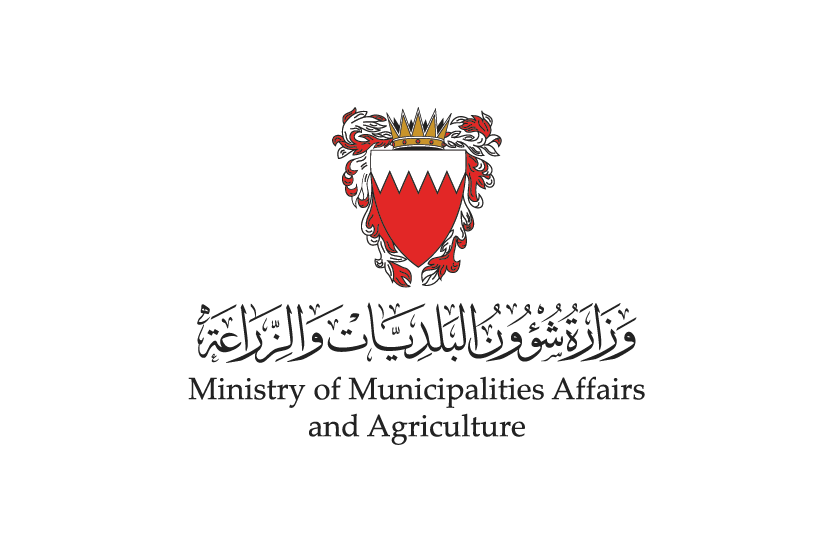

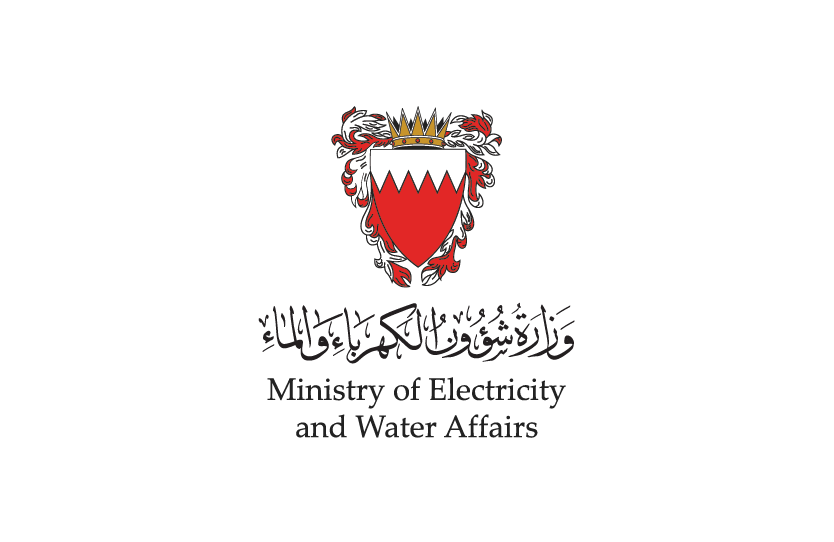
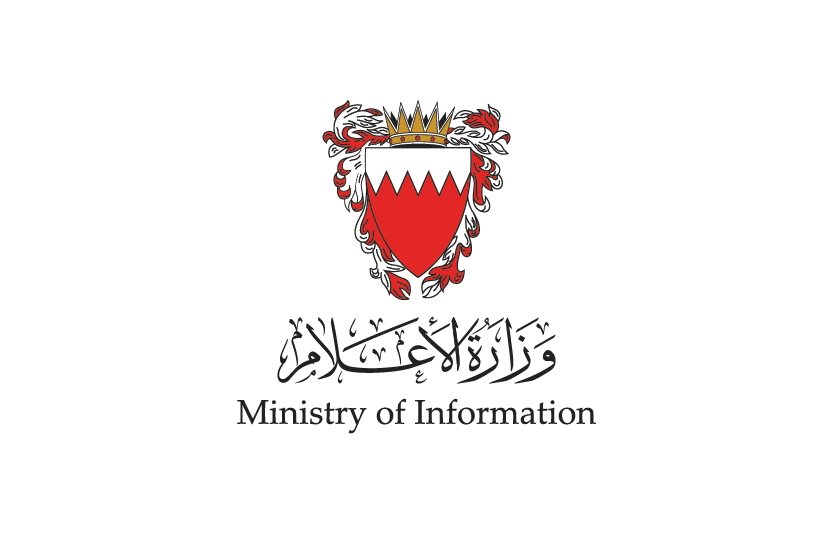


 Models of Heritage Buildings Restoration Methods
Models of Heritage Buildings Restoration Methods
 Media Center
Media Center
 Video Gallery :
Video Gallery : 
 News :
News : 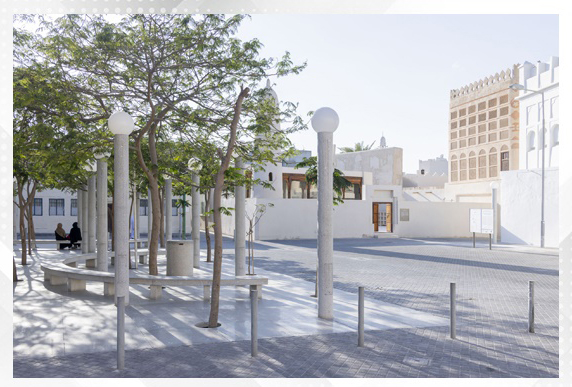


 FAQS
FAQS
The project aims to preserve the historical and cultural identity of Bahrain's buildings and cities, develop Muharraq City to preserve the traditional urban balance of this ancient city, and create visual harmony between heritage and modern buildings using contemporary methods of architectural elements in Muharraq City, and preserve its identity. "Please see the Guideline Manual."
The plan seeks to preserve buildings of heritage value, complete the Pearling Path, increase the green spaces in the area and diversify landscaping in it, improve infrastructure and public utilities services, as well as deliver housing units that meet the aspirations of the Bahraini family by means that would provide the appropriate environment for citizens to return to live in those areas. The plan also includes the development of 1.4 million square meters within the Muharraq City Development Plan, the construction of 72 green squares with a total area of 12,000 square meters, the planting of 100,000 trees, and the development of 48 kilometers within the traffic corridors, construction of 7 multi-story buildings, and 20,000 square meters as ground parking lots. "Please see the Guideline Manual."
The use of simple architectural elements must be considered in line with the general urban fabric of the area according to the Guideline Manual while being keen on the diversity of facades to avoid monotony in the general appearance of the housing neighborhood, provided that the proposed designs for the housing units take into account the principle of privacy following the design of old houses, for example, there are yards overlooking most of the ventilation holes. "Please see the Guideline Manual."
The first phase of the project plan includes the implementation and restoration of 300 housing units, while the general plan includes working on providing 2,000 housing units in partnership with the private sector, in addition to restoring 16 buildings of heritage value belonging to the Pearling Path and using them for tourism and cultural activities.
You can inquire about the expropriated properties within the project's scope through the electronic service available on the Muharraq City Development Plan page to verify the properties included in the expropriation decisions for the Muharraq City Development Plan.
Suggestions, comments, and complaints can be submitted via WhatsApp (Contact No. 38852525), which is available 24/7.
The Ministry of Housing and Urban Planning (MOHUP) is carrying out a field survey of the properties located within the development boundaries and the units nominated for expropriation are currently being identified to implement the first phase of building and renovating housing units within the plan scope. After completion, owners of those properties will be contacted to complete the necessary procedures.
The Ministry of Housing and Urban Planning regularly updates the official project page to reflect traffic updates related to diversions and alternative routes in real-time, according to the plan's developments.
The expropriation and compensation procedures are managed by the Acquisition and Compensation Directorate at the Ministry of Municipalities Affairs and Agriculture, overseeing everything from the expropriation and valuation procedures to the issuance of checks to property owners or depositing them with the Registrar General at the Ministry of Justice, Islamic Affairs, and Endowments, according to their established protocols.
The rules that must be considered when designing facades and their details are that they must be consistent with the local architectural character in terms of the design character, colors, materials. Furthermore, the human scale is considered in the design of buildings and facades, which should be visually consistent, by considering the appropriate distribution of masses along the facades overlooking the streets. "Please see the Guideline Manual.".
The use of architectural and decorative heritage elements that are alien to the local architecture, which are added for decorative purposes, but do not confer with the identity of the area must be avoided. Furthermore, any projections in the construction that extend beyond the building’s original property boundary are prohibited, except for open balconies. It is possible to design building facades that contain open balconies, provided they do not project from the property boundary by more than one meter, and this is only if the width of the street is not less than four meters. It is also required that the balconies are not closed with any materials, and are not used for other than their functional role. Moreover, it is allowed to install shading elements connected to the commercial building’s facade on the ground floor, provided they are foldable, and the conditions specified by the authority concerned with preserving antiquities and heritage are met. "Please see the Guideline Manual."
Yes, there are approved colors for painting external facades, including those overlooking the neighbor, according to the controls, in which the colors are determined in shades ranging from white to earthy colors of light tones. "Please see the Guideline Manual."
The language of the advertisement must be Arabic with a foreign translation allowed to be added with half the size of the Arabic letters, provided the size of the spaces for commercial brands do not exceed one-third of the area of the billboard and must not cover any ventilation or lighting outlets in the facades. Furthermore, the materials used should be approved and in harmony with the historic building classification. As for the upper floors of commercial facilities, it is necessary to announce them in the entrance area on the ground floor only.
The standards include adherence to using colors and materials approved by the competent authorities to paint the external facades, by selecting varying degrees of the color white, inspired by the color of plaster and lime mortar. In addition, light blue or wood colors are also used for exterior finishes, which are inspired by the colors of finishing materials used for coastal cities and old houses. The design idea includes the use of some aesthetic elements in facades inspired by undecorated skylights, “external decorations”, and “rainwater outlets” in a modern form, in addition to the use of some simplified architectural features to avoid confusion with ancient buildings. The housing unit consists of two floors with the possibility of future addition at the back area of the unit's roof, to maintain the level of height of the front façade with a total height not exceeding 9.5 meters. "Please see the Guideline Manual."
The infrastructure comprises streets, including the design of street spaces, common streets within heritage areas, and the modernization of existing streets. The infrastructure also includes pedestrian walkways, urban furniture, shading elements, street paving, lighting materials, and shading of pedestrian paths. There are standards and guidelines related to the design of street space, floors, street furniture, and shading elements to achieve compatibility with both construction and buildings’ facade design controls.
Public squares are considered one of the planning fundamentals of cities and their urban facades. Therefore, to ensure that they mirror a civilized image that reflects the visions of urban development, it is necessary to determine the design standards to obtain a thoughtful, organized, and harmonious design that embodies the values and aspirations of the Bahraini society in general and the site location’s spatial character in particular. As usual, “Please see the Guideline Manual." Each project will have its unique design according to the site data, and the needs of the area and users. However, the design standards will create an alphabet of internationally agreed requirements while ensuring that the designer can follow them without limiting their creativity in the project. Design standards are divided into aesthetic, standard, and design.
Yes, there is “A Guideline for Rebuilding Urban Heritage Areas: Old Muharraq Model” manual, which encompasses the requirements and controls of construction that sets forth a comprehensive strategy to preserve the identity of Muharraq by setting foundations inferred from the urban heritage that reflect the richness of the Bahraini civilization, and you can find it in the Muharraq City Development Plan’s web page on the Ministry of Housing and Urban Planning’s website.
Properties located within the Muharraq City Development Plan scope are valuated by an independent and specialized committee under the Ministry of Municipalities Affairs and Agriculture. This committee includes representatives from various government entities and other representatives from the private sector, whose primary role is to valuate these properties.
If the owner disagrees with the valuation, they have the right to file a grievance for a re-valuation of the property through the Grievances Committee of Expropriation and Valuation Decisions. The committee may reaffirm the previous price or increase it (the committee cannot reduce the compensation). If the owner contests the Grievances Committee's decision, they can file a legal suit within 60 days from the date of notification of the committee's decision.
Upon notifying the owner of the expropriation decision, the owner is granted a legal period of up to 90 days to vacate the property. After the owner has vacated, and the procedures for disconnecting electricity and water services have been completed, the compensation amount will be disbursed to the owner, while noting that the work team adheres to a flexible policy in dealing with owners according to their circumstances.
Properties located within the scope of the Muharraq City Development Plan are valuated by an independent and specialized committee under the Ministry of Municipalities Affairs and Agriculture. This committee includes representatives from various government entities and other representatives from the private sector, whose primary role is to valuate these properties.
If the owner disagrees with the valuation, they have the right to file a grievance for a re-valuation of the property through the Grievances Committee of Expropriation and Valuation Decisions. The committee may reaffirm the previous price or increase it (the committee cannot reduce the compensation). If the owner contests the Grievances Committee's decision, they can file a legal suit within 60 days from the date of notification of the committee's decision.
Upon notifying the owner of the expropriation decision, the owner is granted a legal period of up to 90 days to vacate the property. After the owner has vacated, and the procedures for disconnecting electricity and water services have been completed, the compensation amount will be disbursed to the owner.